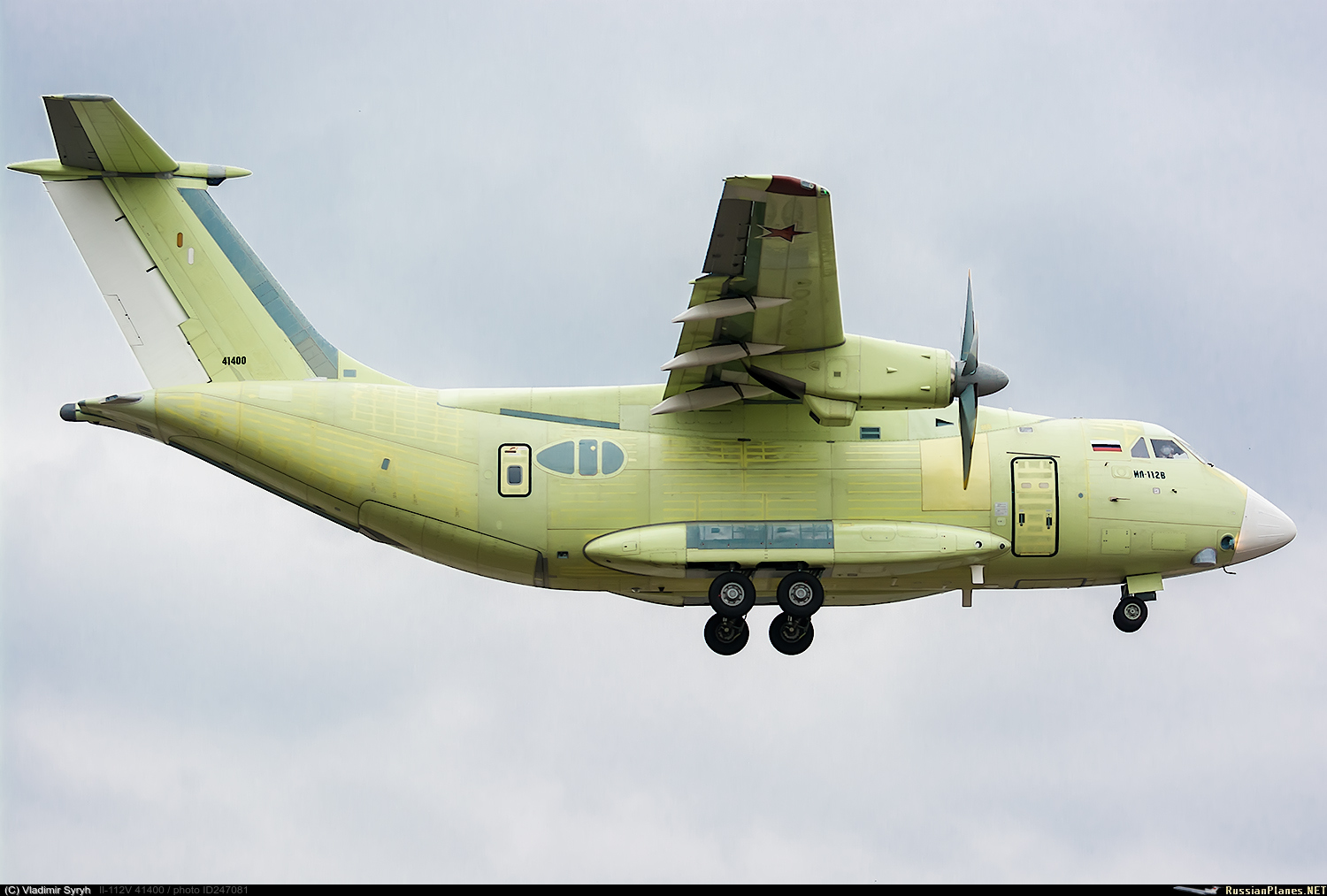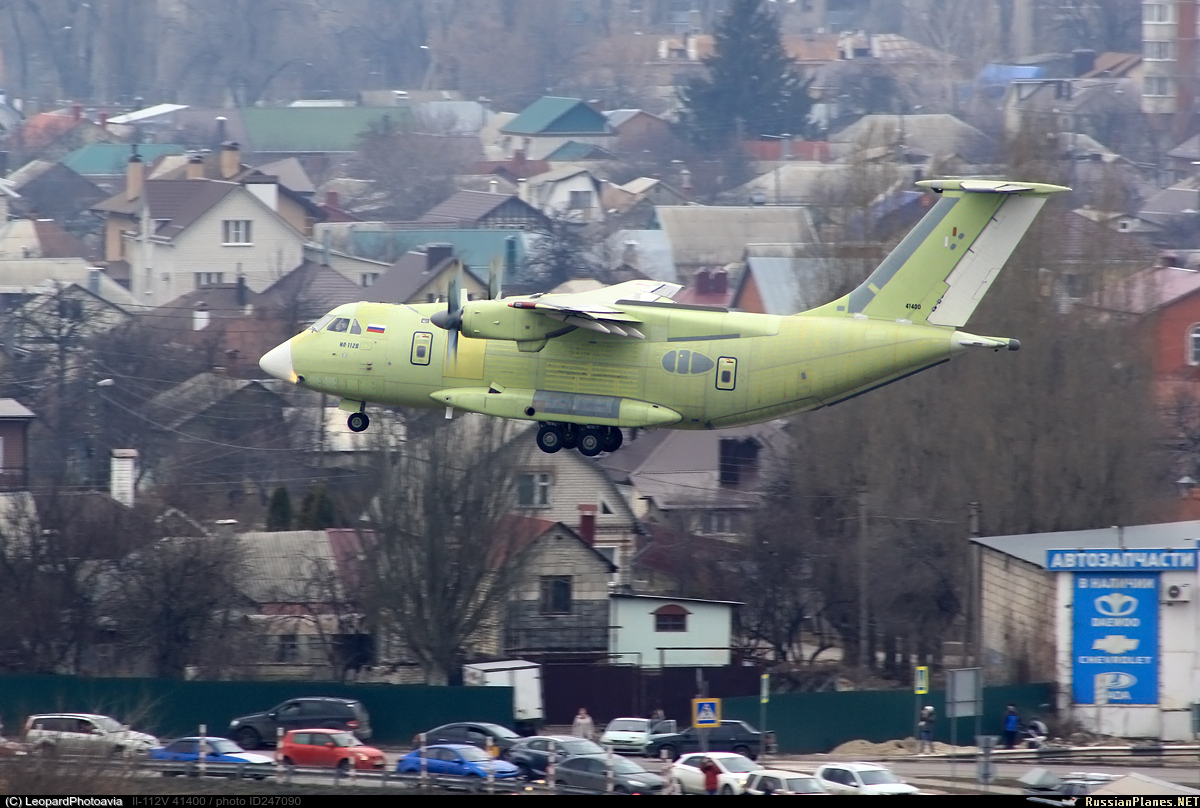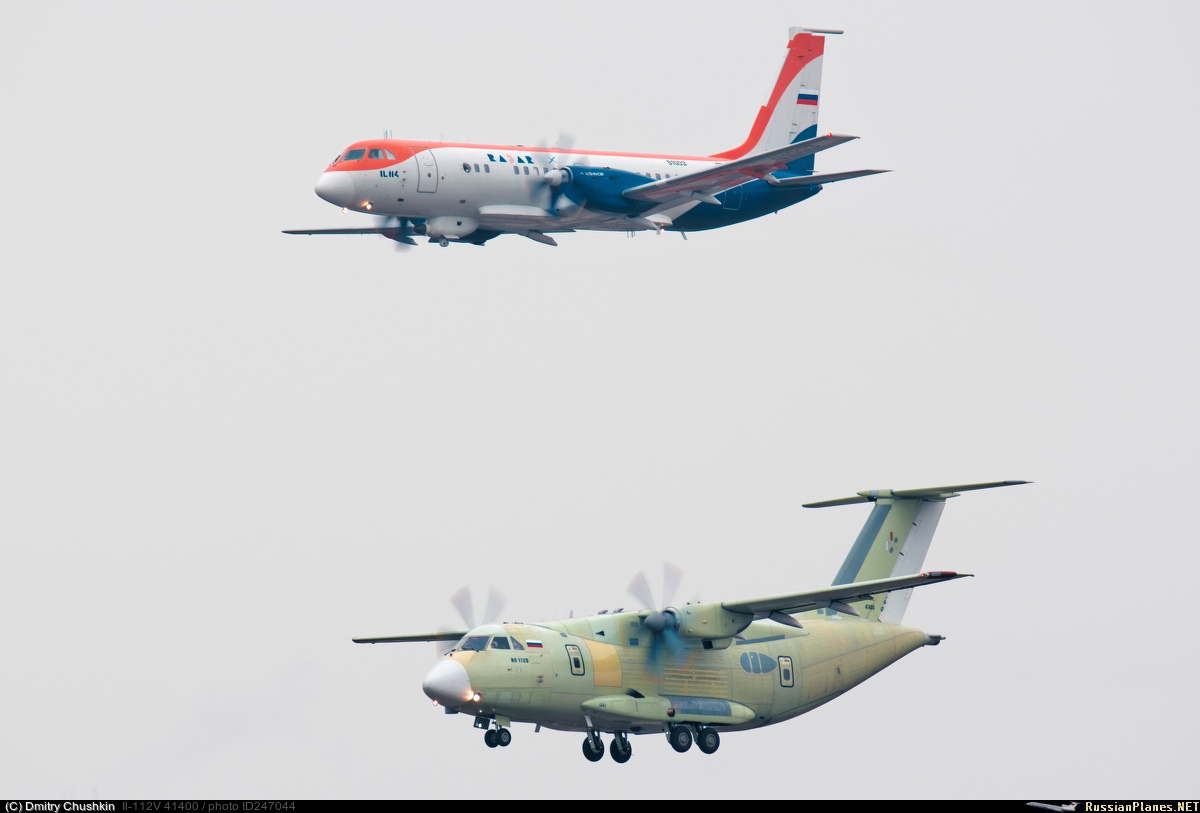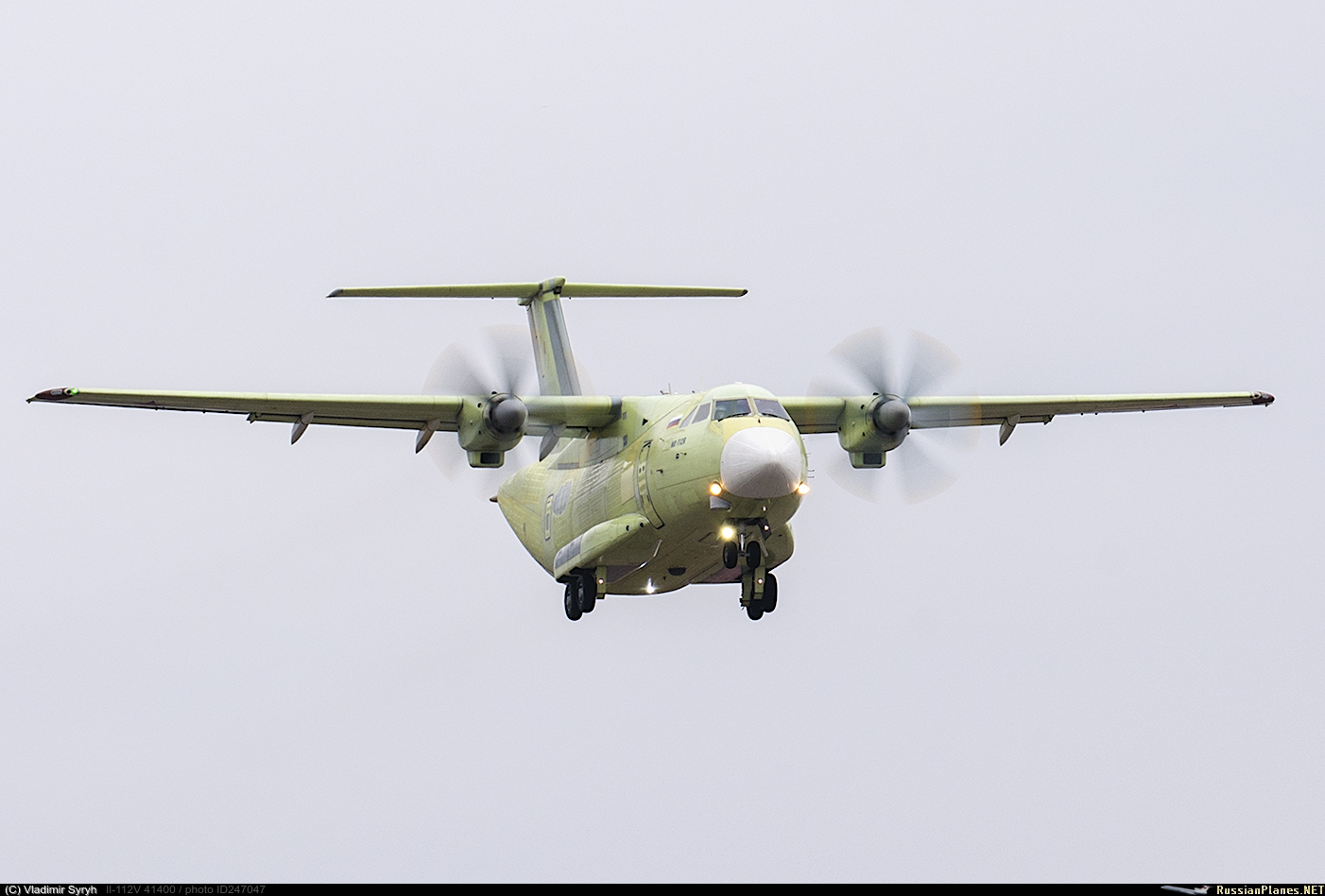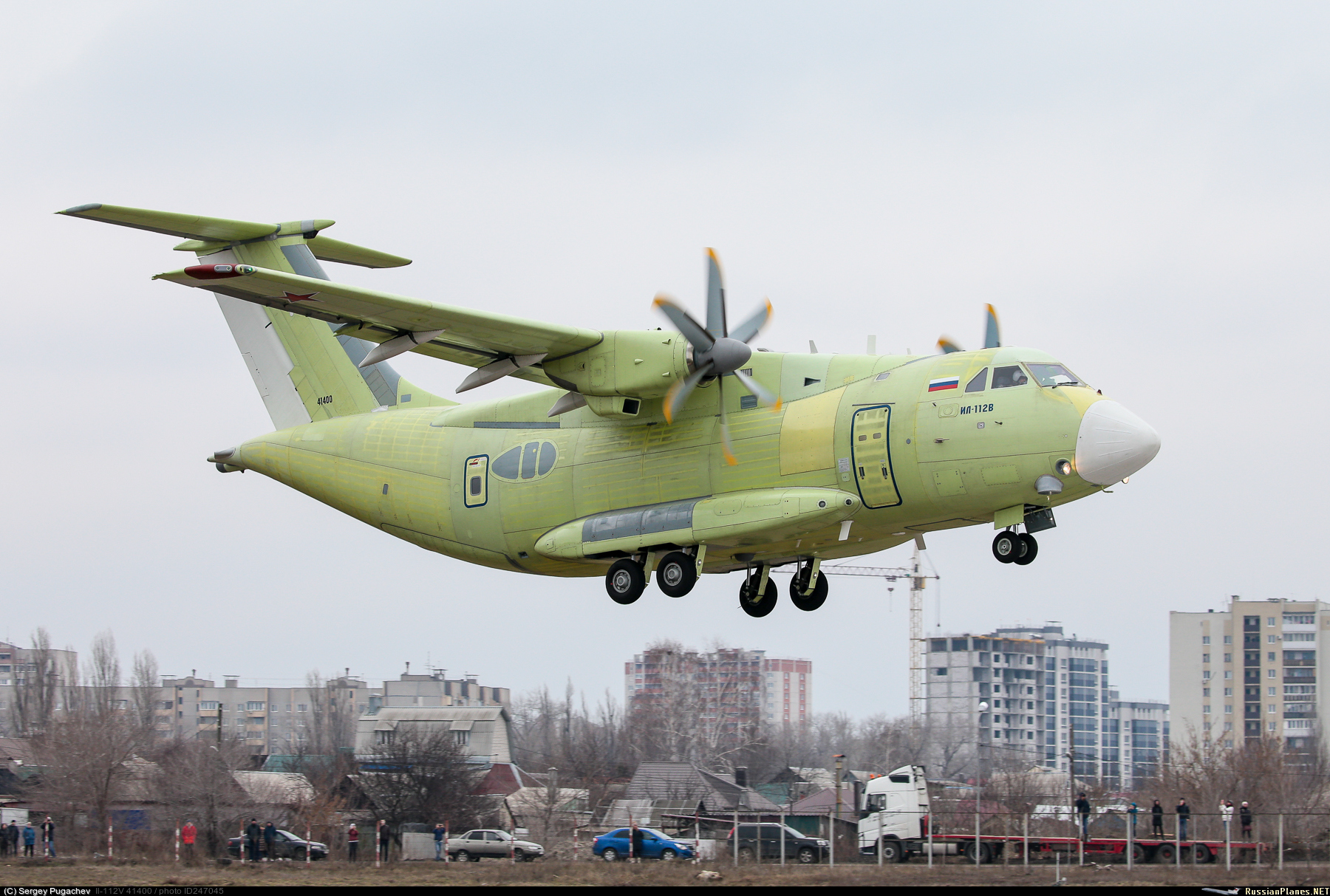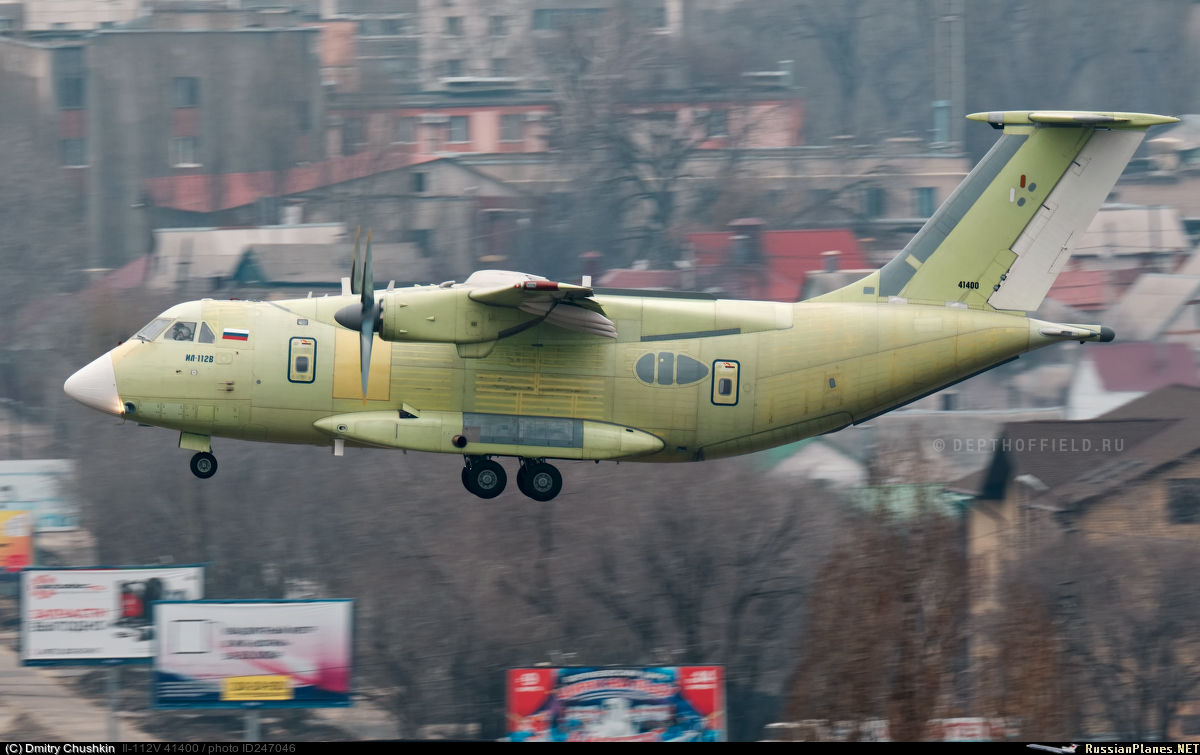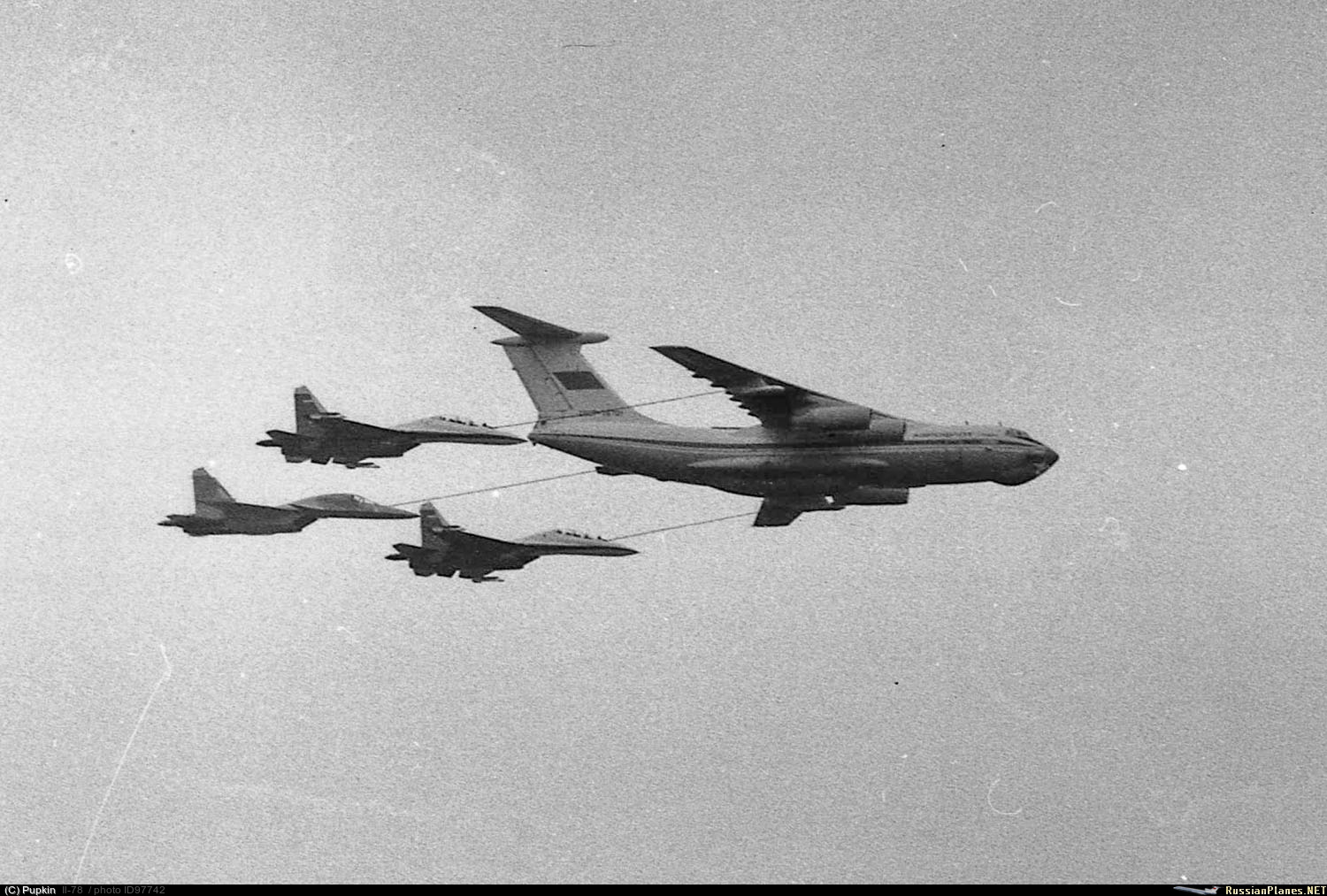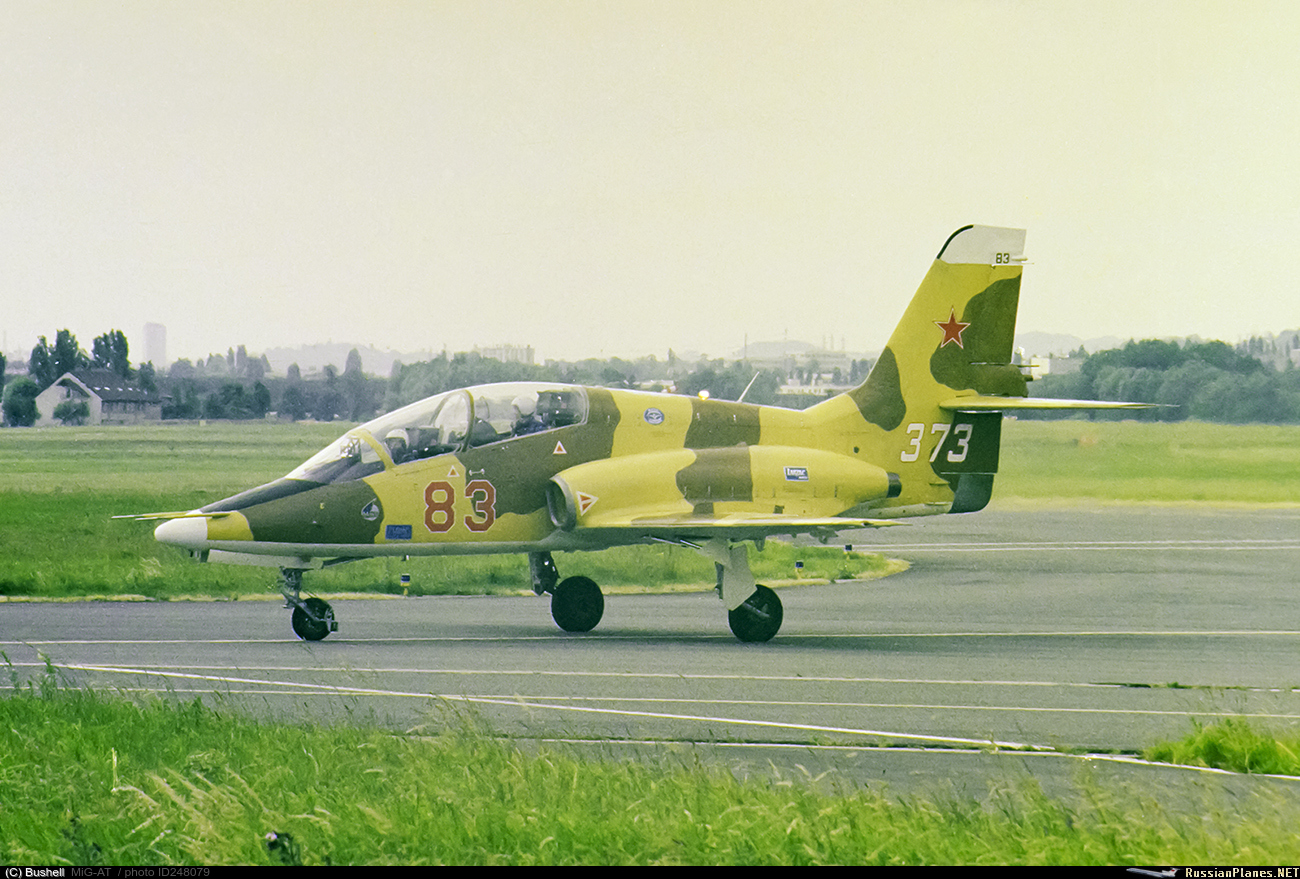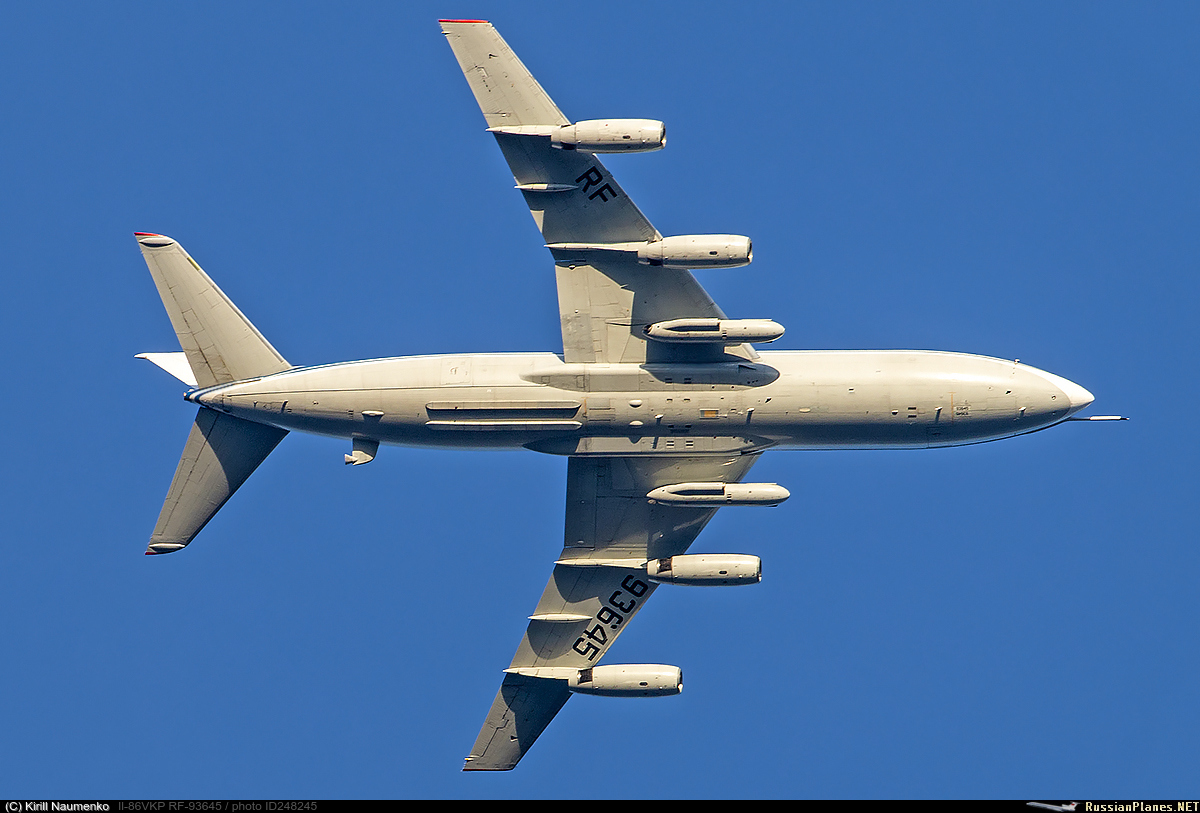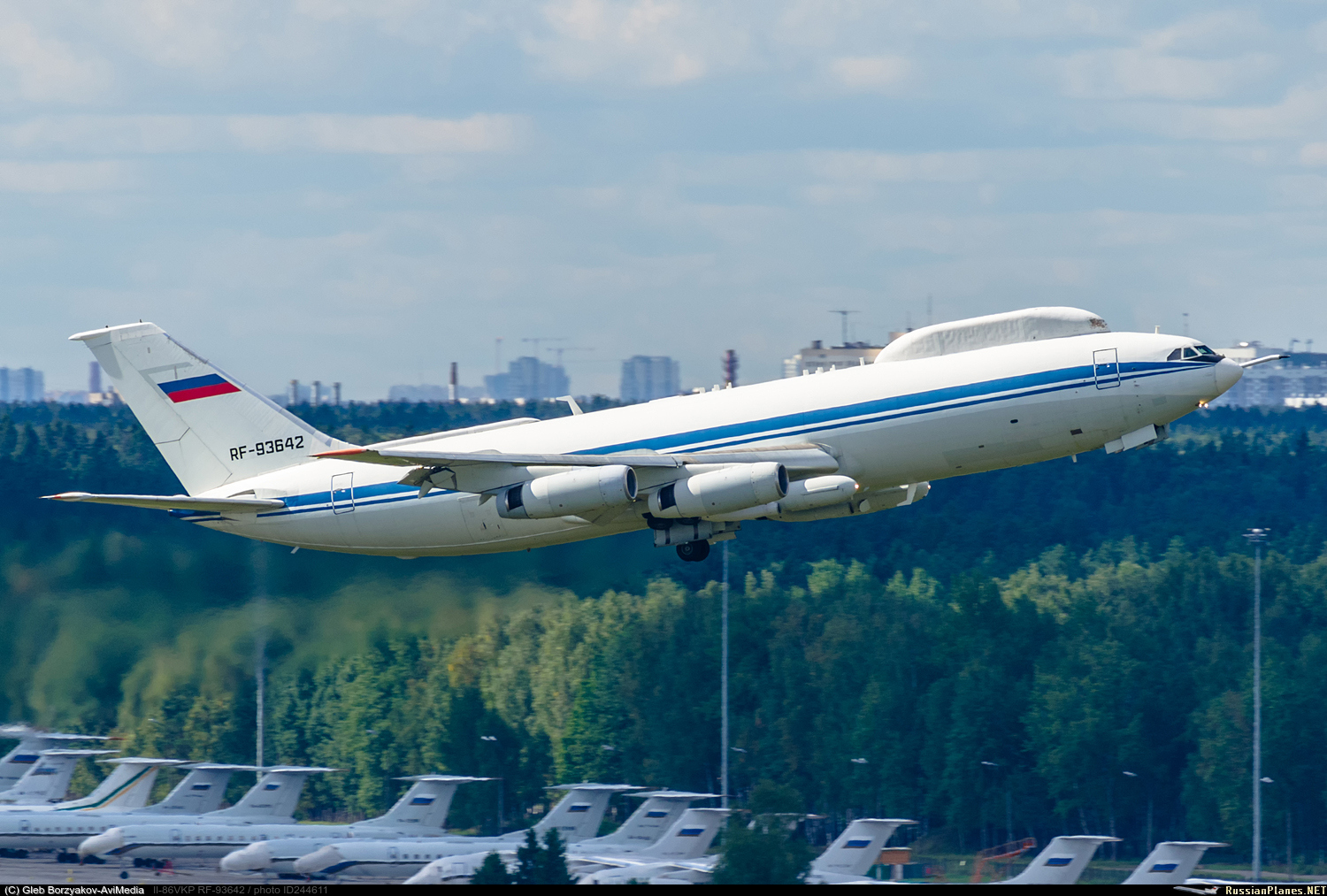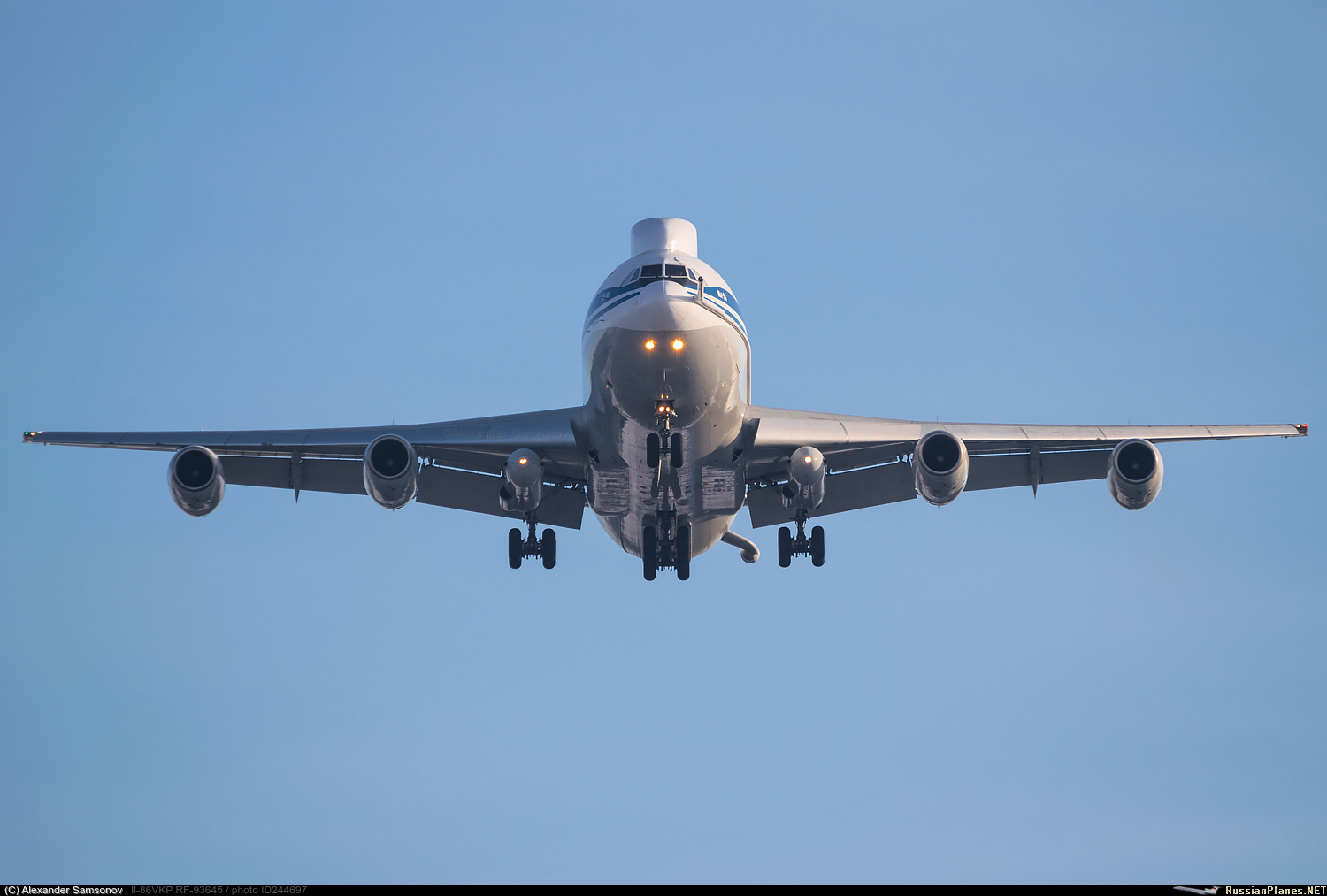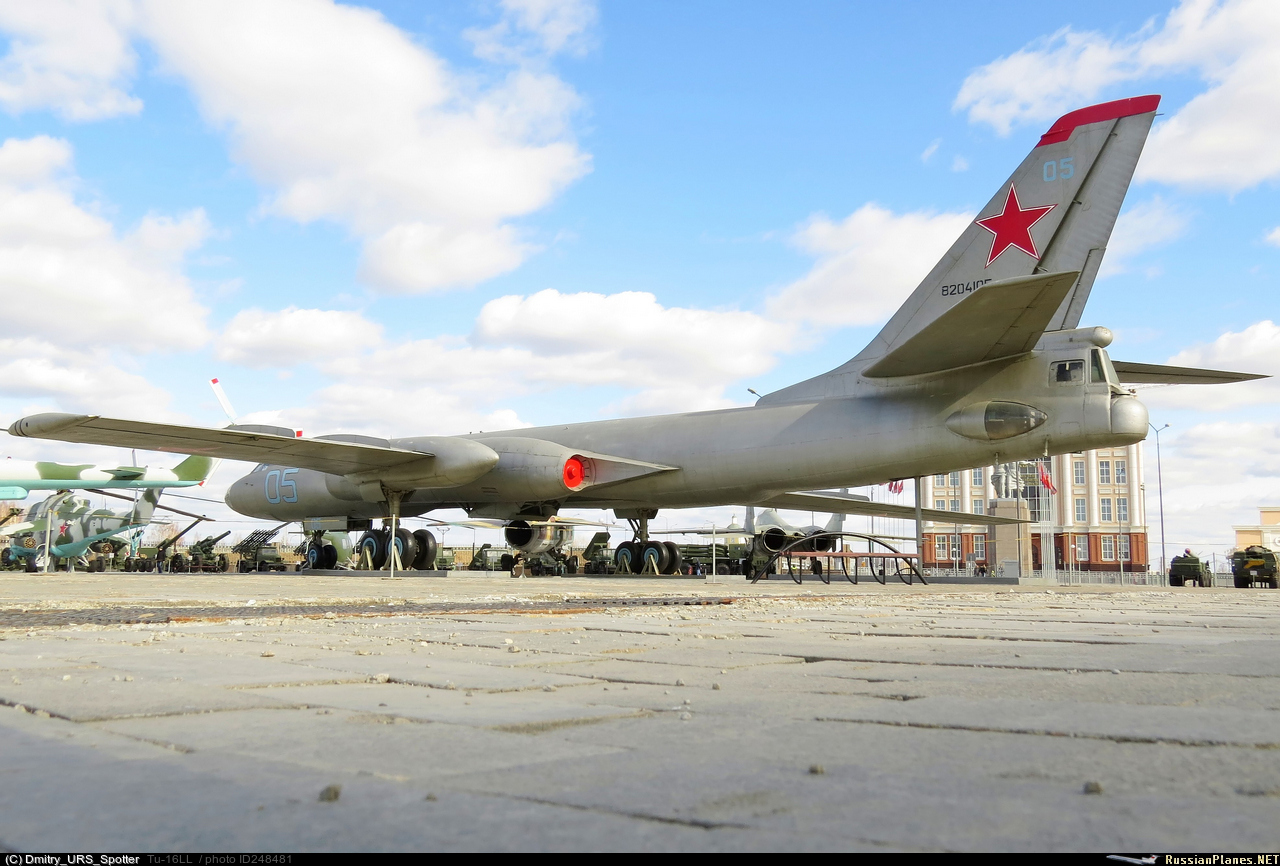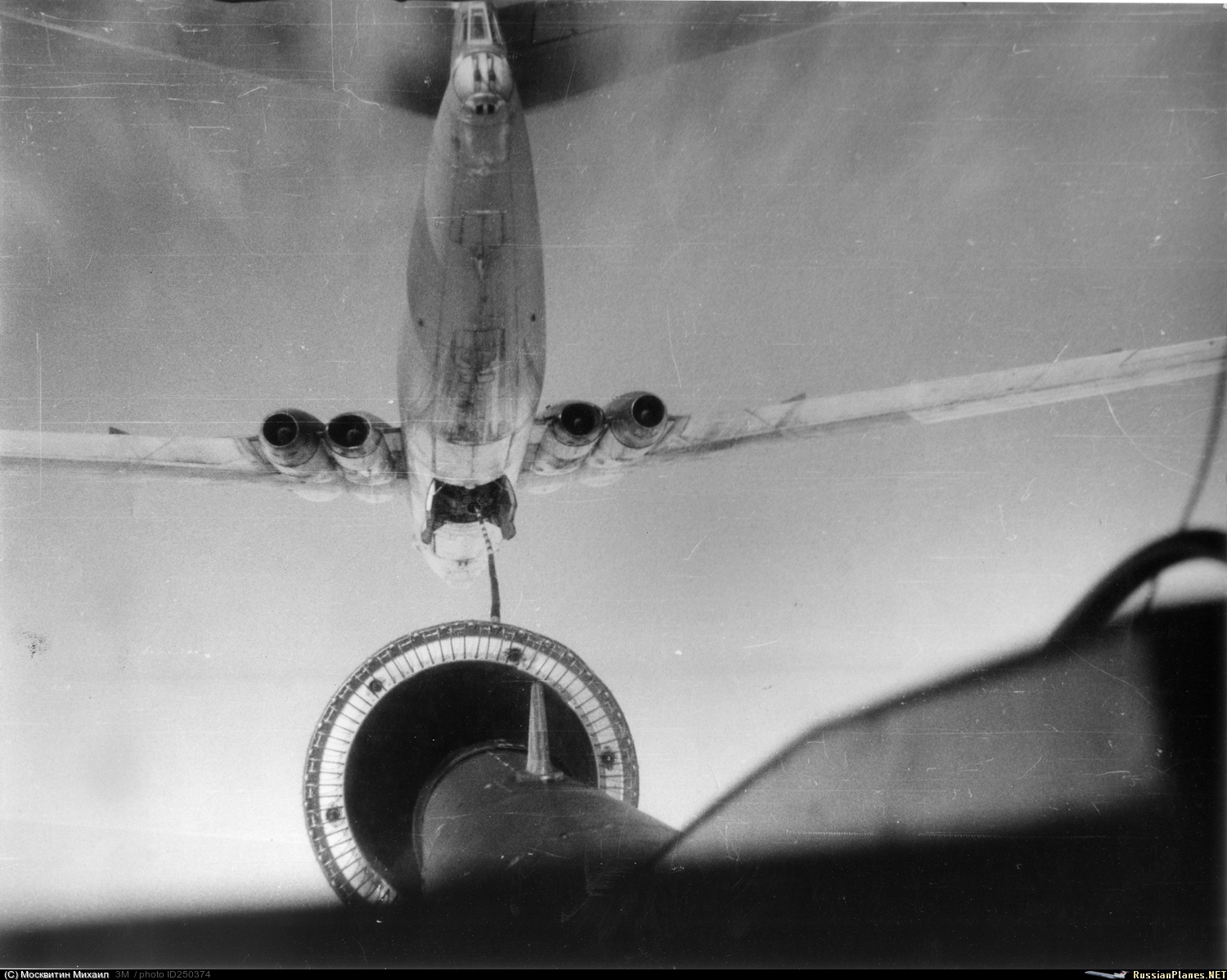no no!! antes que el gris cualquier cosa!!Los preferis en gris de superioridad aérea?
Estás usando un navegador obsoleto. No se pueden mostrar estos u otros sitios web correctamente.
Se debe actualizar o usar un navegador alternativo.
Se debe actualizar o usar un navegador alternativo.
Aviones Especializados
- Tema iniciado BUFF
- Fecha de inicio
IL-96-500T, toma forma el futuro Beluga ruso
https://www.zona-militar.com/2019/04/25/il-96-500t-la-alternativa-rusa-al-an-124-ruslan/

https://www.zona-militar.com/2019/04/25/il-96-500t-la-alternativa-rusa-al-an-124-ruslan/

@ chas1tv: vea este domingo en @ 1tv "Centinela": A-50U. Avion de reconocimiento
Los héroes de este lanzamiento son los aviones más inusuales de las fuerzas aéreas y espaciales de Rusia y, por supuesto, el equipo que los controla es el A-50U.
Localizador de aeronaves, aeronaves de reconocimiento, sede de las aeronaves. Para conocerlo mejor, "Sentinel" llegó al aeródromo de Ivanovo-Severny, donde se basan estos coches alados. El presentador Alexey Rafayenko @ Alexraf13 mostrará un avión secreto a través de los ojos de su equipo y le dirá lo que puede ver desde arriba.
Justo en el cielo, el líder tendrá que familiarizarse con el dispositivo de las dos cabinas de pilotaje de los aviones, aprender cómo las tripulaciones tácticas operacionales y de vuelo interactúan entre sí, y también convertirse en un testigo de reconocimiento aéreo.
Y Julia Rosenberg @ Julia_Chas1tv en su blog de video contará cómo, como parte del escuadrón de asalto de tropas de ingeniería, tuvo que despejar el camino para el equipo de las minas y las barreras, así como aprender a poseer un desminador y un gato. No te pierdas la mañana del 12 de mayo.
http://instagr.am/p/BxUgoLPgYEZ/
Los héroes de este lanzamiento son los aviones más inusuales de las fuerzas aéreas y espaciales de Rusia y, por supuesto, el equipo que los controla es el A-50U.
Localizador de aeronaves, aeronaves de reconocimiento, sede de las aeronaves. Para conocerlo mejor, "Sentinel" llegó al aeródromo de Ivanovo-Severny, donde se basan estos coches alados. El presentador Alexey Rafayenko @ Alexraf13 mostrará un avión secreto a través de los ojos de su equipo y le dirá lo que puede ver desde arriba.
Justo en el cielo, el líder tendrá que familiarizarse con el dispositivo de las dos cabinas de pilotaje de los aviones, aprender cómo las tripulaciones tácticas operacionales y de vuelo interactúan entre sí, y también convertirse en un testigo de reconocimiento aéreo.
Y Julia Rosenberg @ Julia_Chas1tv en su blog de video contará cómo, como parte del escuadrón de asalto de tropas de ingeniería, tuvo que despejar el camino para el equipo de las minas y las barreras, así como aprender a poseer un desminador y un gato. No te pierdas la mañana del 12 de mayo.
http://instagr.am/p/BxUgoLPgYEZ/
El Tu-126, el primer avión AWACS de la URSS
Hace 60 años, la URSS comenzó a elaborar un avión con un radar de largo alcance.
https://mundo.sputniknews.com/defensa/201905291087438250-tu-126-el-primer-avion-awacs-de-la-urss/

Hace 60 años, la URSS comenzó a elaborar un avión con un radar de largo alcance.
https://mundo.sputniknews.com/defensa/201905291087438250-tu-126-el-primer-avion-awacs-de-la-urss/

Peroooo..., es un entrenador, de especializado no tiene nada.
Especializado en entrenar!Peroooo..., es un entrenador, de especializado no tiene nada.
IL-76 desde la cabina me pareció que está bueno.
An-225 recibiendo mantenimiento en Gostomel, Ucrania
http://alejandro-8.blogspot.com/2019/06/an-225-recibiendo-mantenimiento-en.html
http://alejandro-8.blogspot.com/2019/06/an-225-recibiendo-mantenimiento-en.html
Temas similares
- Respuestas
- 48
- Visitas
- 21K
- Respuestas
- 102
- Visitas
- 26K
- Respuestas
- 4
- Visitas
- 6K
- Respuestas
- 50
- Visitas
- 8K
- Respuestas
- 0
- Visitas
- 994

